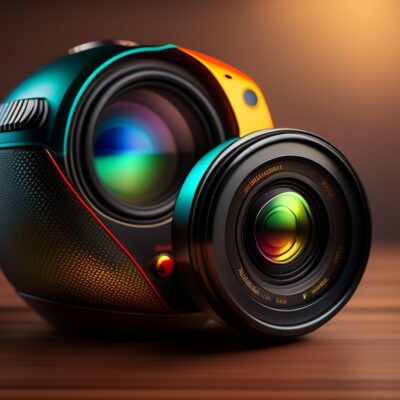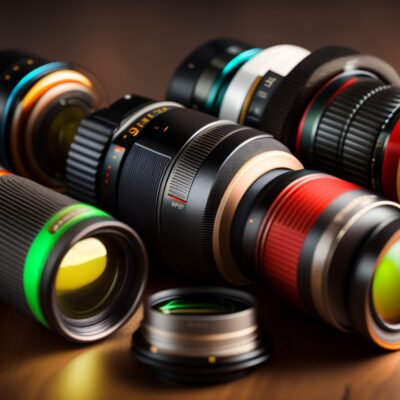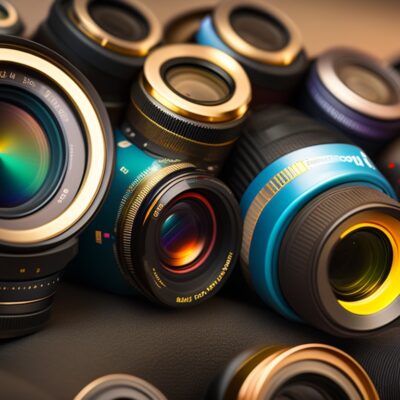In the world of digital photography, Nikon is a brand that has consistently stood out for its high-quality cameras and lenses. The company’s range of Nikkor lenses is especially lauded for their exceptional performance and reliability. Among the many types of lenses Nikon offers, two categories that often lead to confusion are the Nikkor FX and DX lenses. Here, we will delve into the differences between these two lens types.
What are Nikkor FX and DX Lenses?
Before we dive into the differences, it’s important to understand what FX and DX terms mean in the context of Nikon lenses:
- FX Lenses: The term FX is used by Nikon to indicate lenses designed for their full-frame (35mm) DSLR cameras. Full-frame cameras have a sensor size equivalent to a frame of traditional 35mm film, which is about 36 x 24mm.
- DX Lenses: DX lenses, on the other hand, are designed for Nikon’s APS-C sensor cameras. APS-C sensors are smaller than full-frame sensors, measuring approximately 24 x 16mm.
Key Differences Between Nikkor FX and DX Lenses
Sensor Size Compatibility
The primary difference between FX and DX lenses lies in their compatibility with different sensor sizes. FX lenses are designed to cover the larger full-frame sensor, while DX lenses are designed to cover the smaller APS-C sensor.
Field of View
When a DX lens is used on an FX camera (full-frame), it will lead to a crop of the image, resulting in a narrower field of view. This is often referred to as the “crop factor.”
Size and Weight
Generally, FX lenses are larger and heavier than DX lenses. This is due to the larger glass elements needed in FX lenses to cover the full-frame sensor. If you’re prioritizing a lightweight and compact setup, DX lenses might be the right choice.
Performance in Low Light
FX lenses usually perform better in low light conditions because they are designed for full-frame cameras, which have larger sensors and hence, better light gathering capabilities.
Price
FX lenses are typically more expensive than DX lenses because they require larger glass elements and more material to construct. If budget is a concern, DX lenses are usually more affordable.
Which One Should You Choose?
The choice between a Nikkor FX lens and a DX lens largely depends on your specific needs and the camera you are using.
- If you have a full-frame camera, it’s generally better to pair it with an FX lens to take full advantage of the larger sensor.
- If you have a DX camera, using a DX lens will be lighter, more compact, and more cost-effective. However, using an FX lens on a DX camera is possible and could be a good strategy if you plan to upgrade to a full-frame camera in the future — but know that you will not be taking full advantage of the FX lens if you use a crop sensor.
In conclusion, both Nikkor FX and DX lenses have their unique advantages. It’s important to understand these differences to make an informed decision based on your photography needs. Happy shooting!




